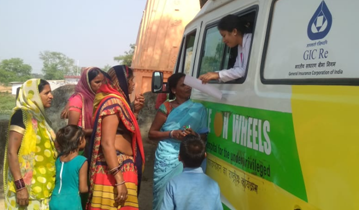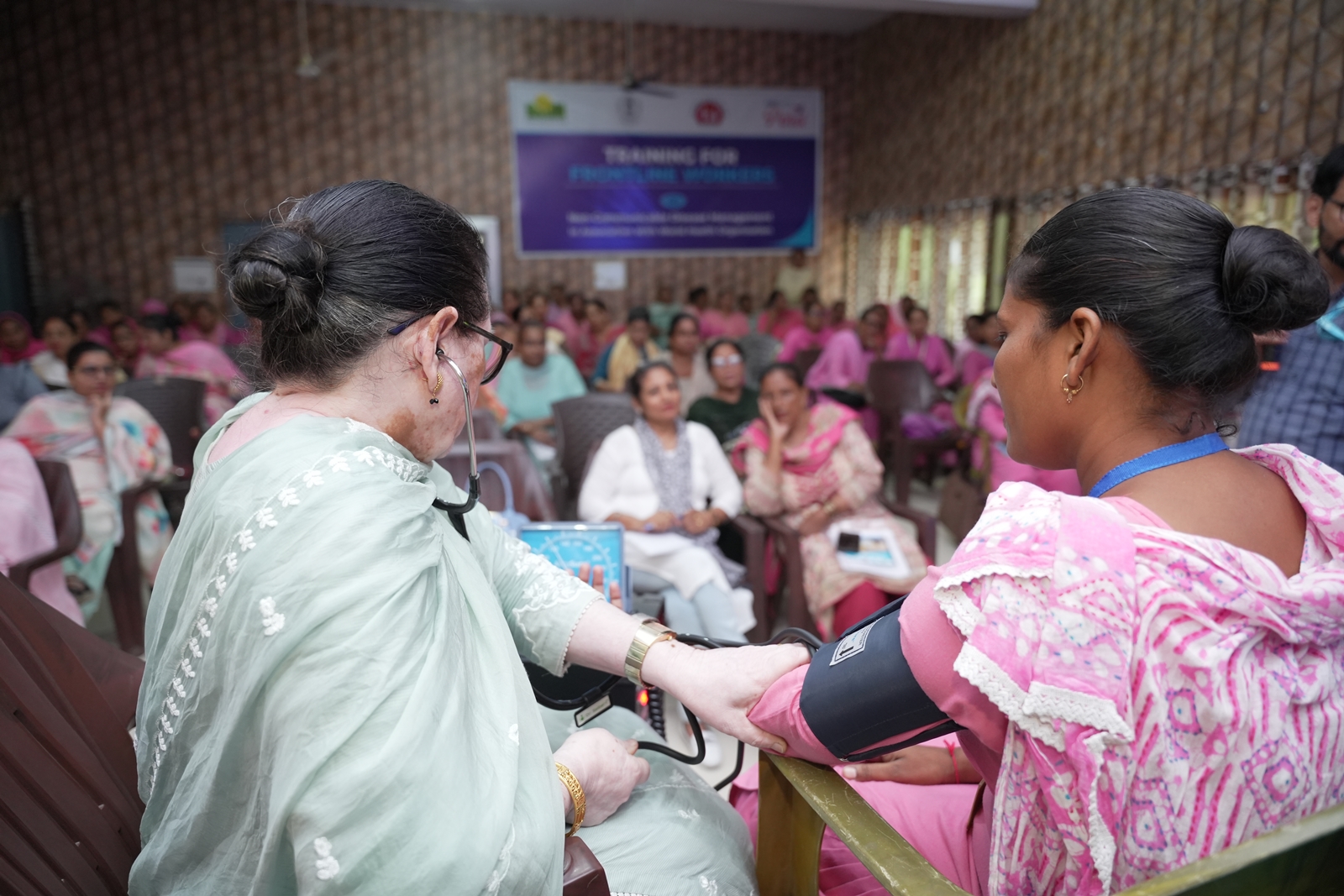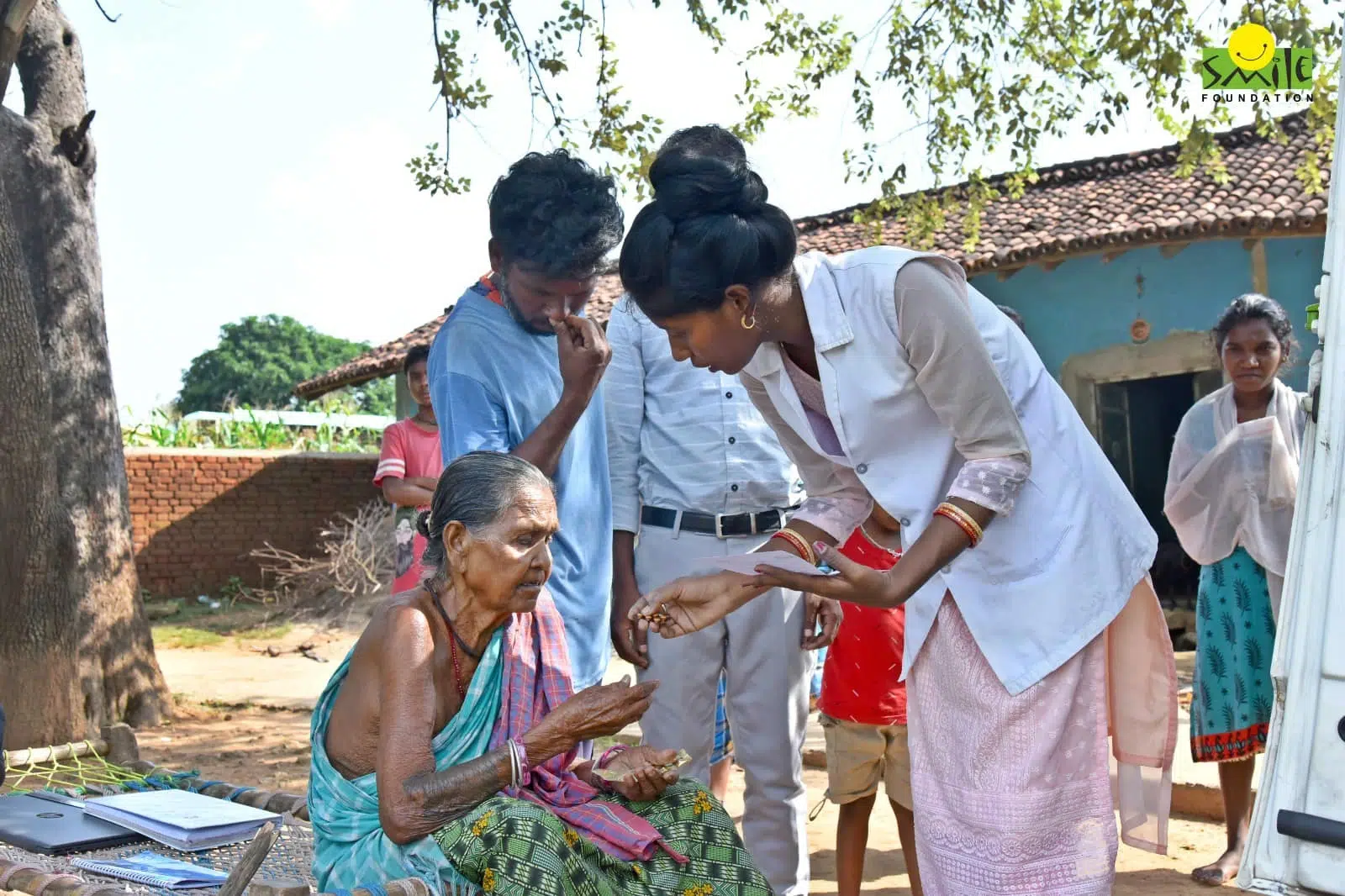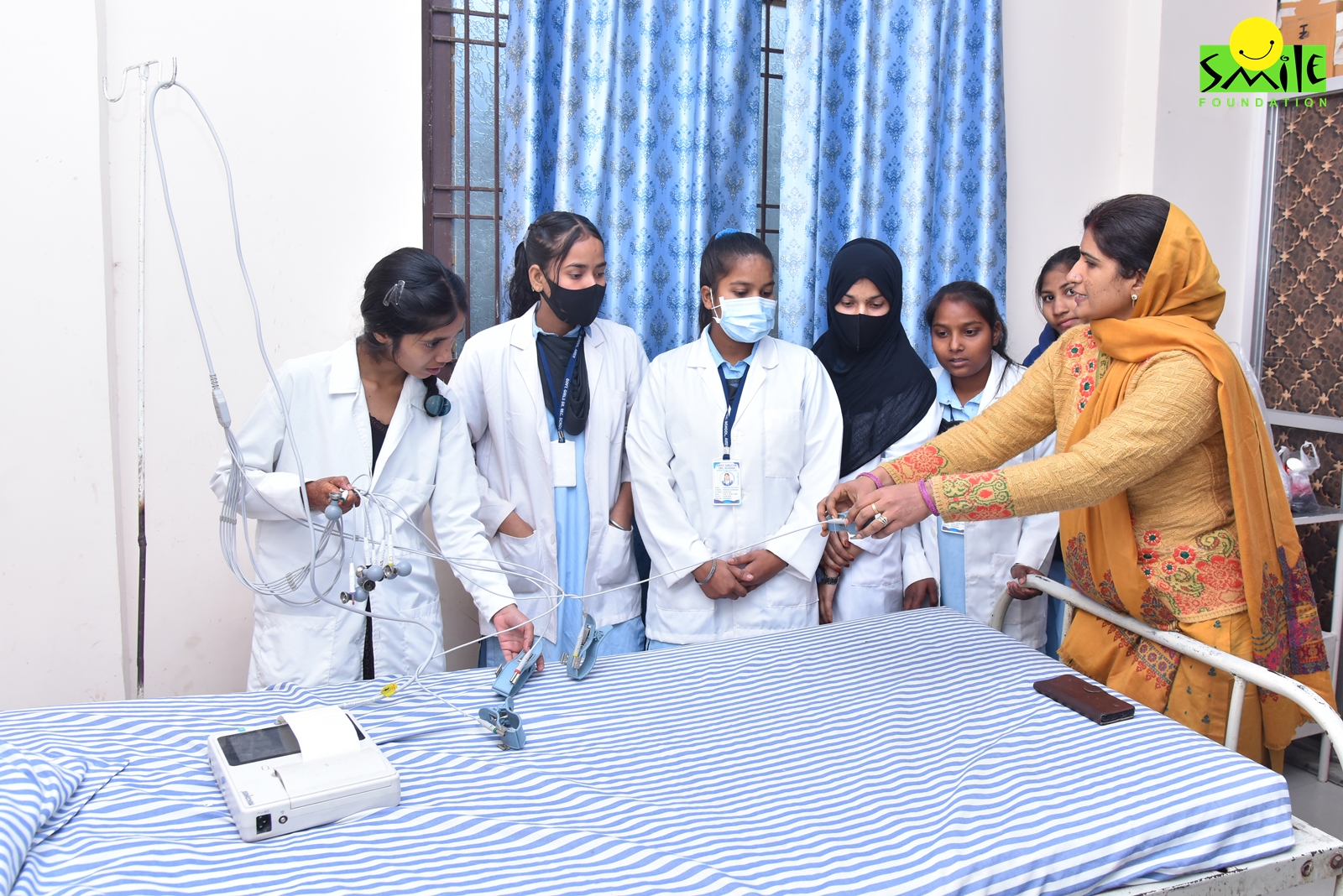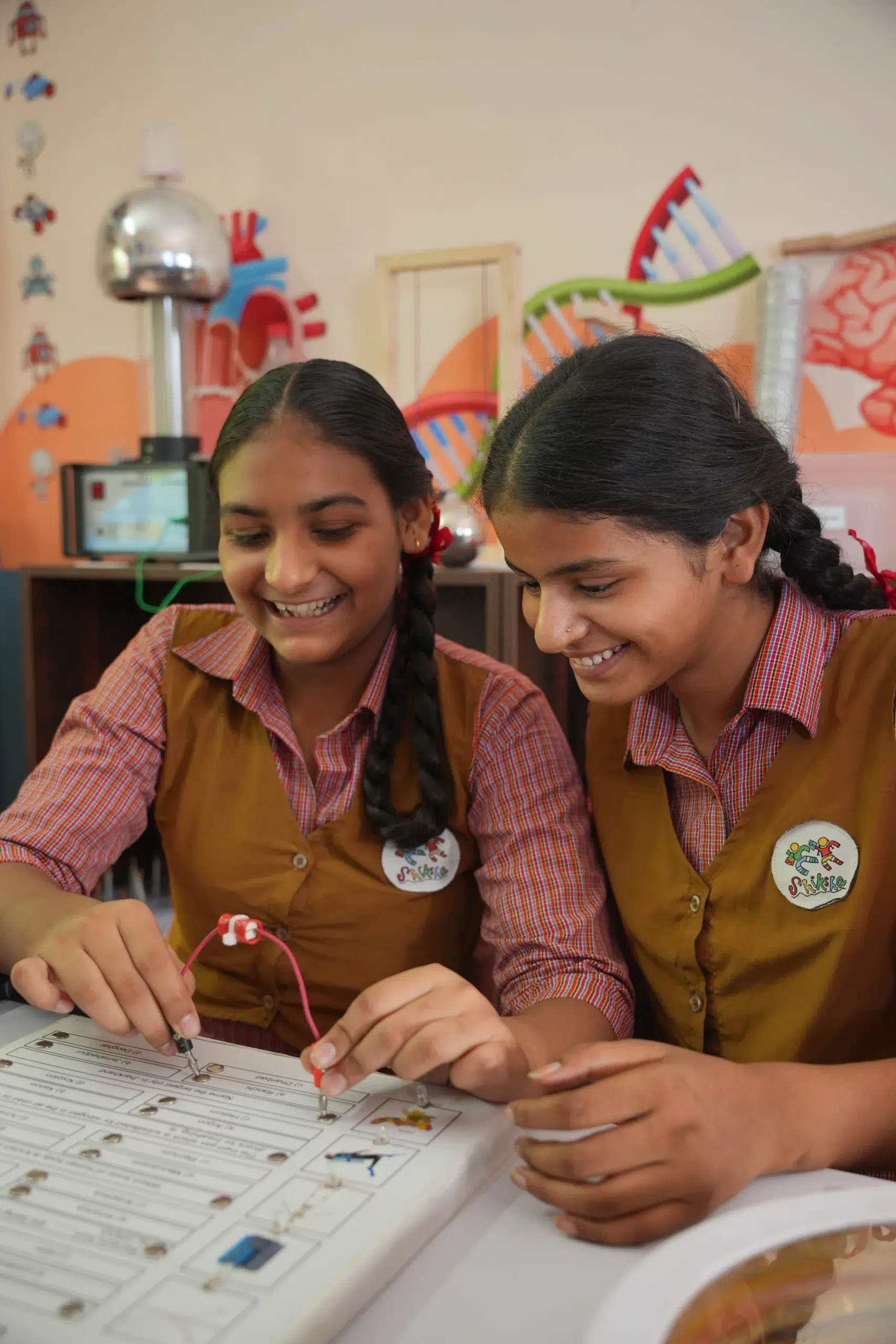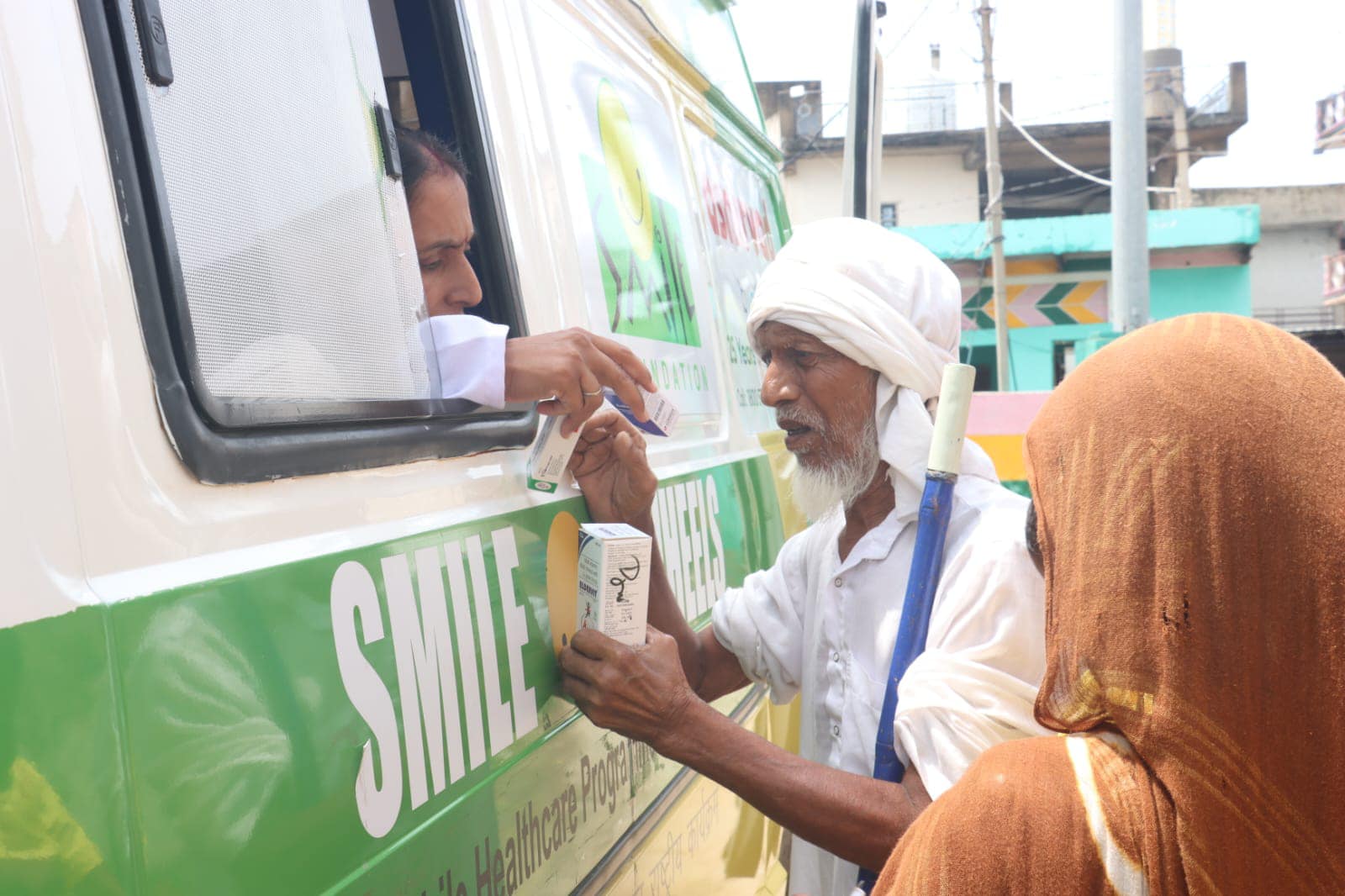Healthcare, like our other rights and privileges, is given to us by the Constitution of India. The Constitution of India states that the government is to ensure the right to health for all. It is mandatory on the part of the governing authorities to provide free and quality primary and basic healthcare and facilities to its citizens.
For a better understanding, let’s dig deeper into the healthcare system in India.
Healthcare System in India
India has a multi-payer universal health care model that is paid for by a combination of public and private health insurance funds along with the element of almost entirely tax-funded public hospitals. The Indian model of the healthcare system is organized into primary, secondary, and tertiary levels.
At the primary level, there are Sub-Centres and Primary Health Centres (PHCs). At the secondary level, there are Community Health Centres (CHCs) and smaller Sub-District hospitals.
How are we doing Healthwise?
We have seen that whilst India has experienced steady economic growth which has definitely enhanced the country’s overall health and poverty markers such as an increased life expectancy, and lesser deaths due to starvation- both communicable and non-communicable diseases.
However, we still struggle with critical factors such as cleaner facilities and a lack of safe and pure drinking water in all regions.
Diseases caused by water-borne organisms contribute to mortality, mainly among children. Even malnutrition persists mostly amongst the marginalized sections of society. Another key area of medical concern is HIV/AIDS infections. India has the highest number of individuals with HIV or AIDS in the world.
It’s safe to say that the evolution of healthcare in India over the past 25 years has been a mixed bag. While key health metrics such as the infant mortality rate (IMR) and maternal mortality ratio (MMR) have come down substantially, healthcare expenses have shot up— a direct fallout of lower public health spending.
Healthcare Quality in India
The health system, as mentioned earlier is a combination of two very different sectors: the public, and private systems. Indian citizens have access to free outpatient and inpatient care in public, government facilities.
In this sector, health coverage is universal but the system needs more funding and there is a lack of facilities as well as shortages of medical staff and supplies. Due to the lack of resources and services, many Indian citizens turn to the private sector for care.
The private sector healthcare has hospitals that provide services at costs that are not affordable to a vast majority of the population. It is especially true for the lower-income groups who cannot afford to fund these additional out-of-pocket payments.
Current Situation
From 1995 to 2014, 65% of India’s healthcare spending came from personal budgets. The average Indian still accesses public health care unless they have coverage to receive private care. The Indian government has recently established a National Health Protection Scheme called Ayushman Bharat. This programme allows low-income individuals to get cashless secondary and tertiary care at private facilities.
However, currently, only about 37% of the population is covered under this scheme. The private health sector offers high-quality health care at a cost that is a burden to the average Indian citizen.
The private sector attracts many foreign patients, which makes India a hot spot for medical tourism. It provides the majority of secondary, tertiary, and quaternary care institutions with a major concentration in metropolitan areas as well as tier-I and tier-II cities.
Healthcare Challenges in India
Since India has a combined public health system- the medical and healthcare facilities differ in India state-wise. The state governments focus more on providing healthcare services and health education, while the central government provides administrative and technical services.
There are variations in delivery models, insurance coverage, availability, and access. Health disparities are prevalent between poorer and richer states with underfunded health systems that in many cases are need better regulation.
Indian Healthcare Today
- Inadequate Access- the most deserving and the neediest often don’t have the proper access to healthcare as and when needed. Some rural areas don’t even have a primary care physician who can be available easily.
- Affordable Healthcare– while basic and primary health care is provided by the government at no cost, it is the specialized treatment costs that most individuals in the country are unable to bear. Illnesses such as cancer or dialysis are very expensive and most people don’t have enough savings to be able to afford private medical help for them.
- Lack of Preventive Care– educating the population on how to be healthier and hence avoid the onset of any illness or disease is lacking in the country. Not only rural but even the urban population has limited knowledge of preventive medicine and its uses.
- Policymaking– to be a stronger nation, India must step up its healthcare program and initiatives. The executive should consider adding additional schemes targeted to various sections of society, such as women, children, senior citizens, etc. to ensure that all of its population is covered and has equal access to healthcare in India.
- Shortage in Professionals– this is a constant issue that has plagued the country for years. On the one hand, we are seeing exponential growth in our population, but we are not seeing the same in the numbers of educated and professional medical staff. This is more apparent in the rural areas where unfortunately there is a constant paucity of medical staff.
- A Paucity of Resources– a constraint that impacts negatively to provide of quality healthcare. Just like the shortage of healthcare professionals, medical supplies and resources are also scarce. There should ideally be enough stocks of medical materials and assets to ensure that all individuals are provided for.
India’s Future In Healthcare
India@100 has new challenges waiting. These include climate change, the rising aspiration of the people, inequitable access to resources, and the biggest current challenge of all: Health. Due to its huge population of 1.35 billion, India@100 will have to address its concerns humanely, efficiently, and adequately.
Smile Foundation and Healthcare
Smile Foundation through its initiative, ‘Health Cannot Wait’ is trying to provide people from the underprivileged sections access to an affordable healthcare system in India, preventive medicine, health emergency preparedness, and support at their doorstep across urban slums and rural pockets of India.



